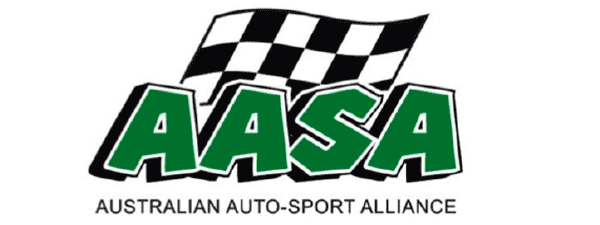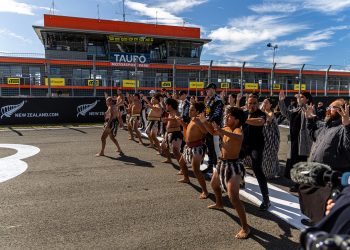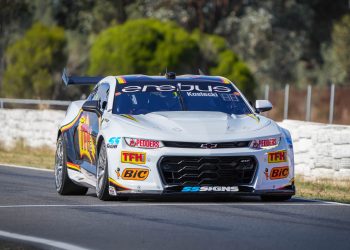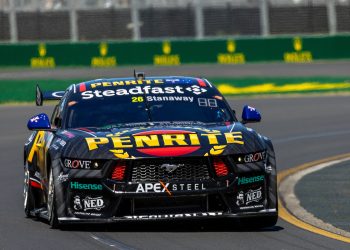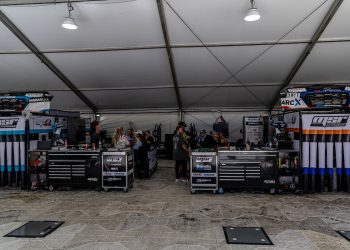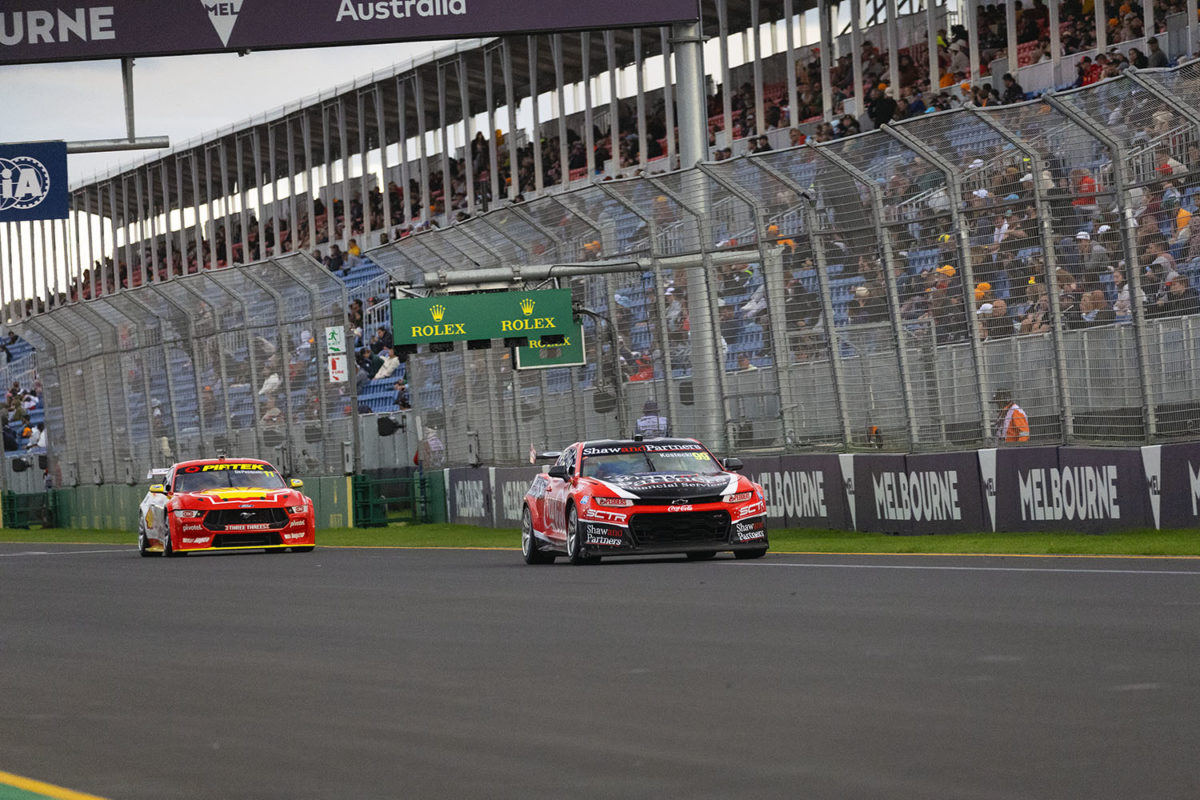
A ‘secret' proposal has emerged within the Supercars paddock which could allow the category to home in on a solution to ongoing Gen3 parity concerns.
The idea is said to have been put to Supercars and was outlined by one engineer to Speedcafe as the Ford Mustangs run with a new engine map at this weekend's Bosch Power Tools Perth SuperSprint.
It is a special way of analysing the ‘real-world' data from the race track in order to determine the true magnitude of the disparity between the Mustang and Chevrolet Camaro engines.
The new map which has been implemented ahead of the third event of the season at Wanneroo Raceway is intended to enhance driveability by addressing a deficiency with low-rev engine response.
It was an issue which was identified during the opening event of the season given the nature of the Newcastle East Street Circuit, one of the slowest on the calendar, but the latest calibration is unlikely to be the last which the Mustangs compete with.
The most recent event of the season, at the rather more expansive Albert Park Street Circuit, pointed to a high-speed deficit also, with the Camaro apparently having better acceleration in fourth, fifth, and sixth gear.
Quantifying the deficit, however, has proven difficult.
Now, Speedcafe has learned of an idea to do just that, by isolating particular portions of the data from, say, Wanneroo this weekend.
Looking at a given straight, it would be determined where the car has exited the corner, is pointing in a straight line (wheels included), and is accelerating, in, say, fourth gear at 130km/h.
From that point, one would measure how long it takes the car to complete the next 100m, thus determining average acceleration.
The process can also be undertaken from a certain speed in fifth gear, and sixth gear, and can be conducted for multiple straights, as well as at other tracks (noting differing drop gear ratios from circuit to circuit would change how a car accelerates).
In essence, it is picking out data which resembles a drag race, but one which starts from 130km/h (or whichever speed is deemed appropriate to begin measuring from) rather than zero.
In fact, it is said to be the same process which was undertaken at Temora, late in pre-season, when a day of the so-called ‘mini VCAT' was in fact dedicated to an activity referred to as ‘speed testing'.
Although dynamometer testing determined that there was parity between the engines themselves, at least in theory, the Mustang powertrain has a deficiency with respect to changing gears, and hence the Camaro's shift cut was elongated before the season began.
While that initiative helps promote parity for the time being, it may also serve to mask the acceleration deficit which is said to be inherent in the Mustang's engine.
The aforementioned method of analysing data, however, excludes the impact of the shift cut discrepancy, thought to be 50ms versus 105ms, and thus is said to be reflective of the traits of the engines themselves.
Whether Supercars is receptive to the idea is unknown at this time.
What there is confidence about is that the latest engine recalibration will not be the last.
Nevertheless, Ford teams Grove Racing and the Blanchard Racing Team are encouraged by what has been implemented at Wanneroo, having topped Practice.
Qualifying for Race 7 starts today at 11:10 local time/13:10 AEST.


